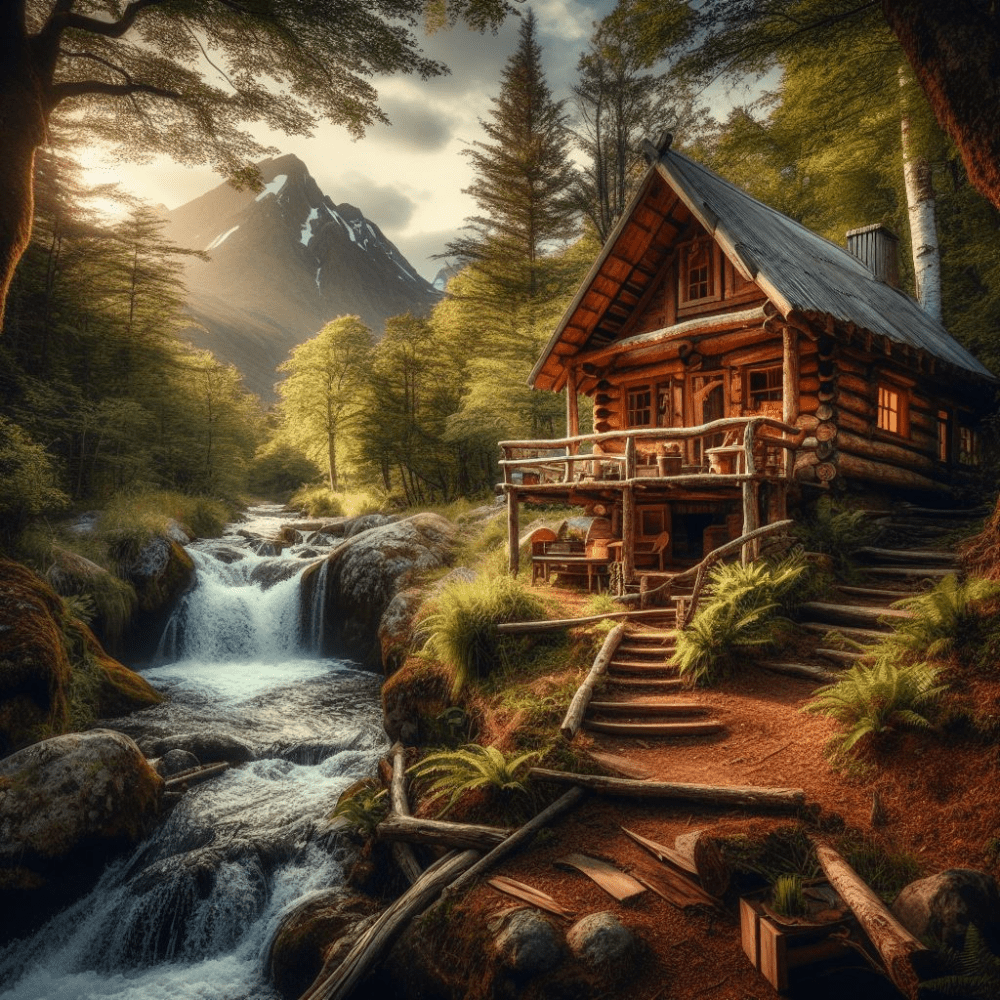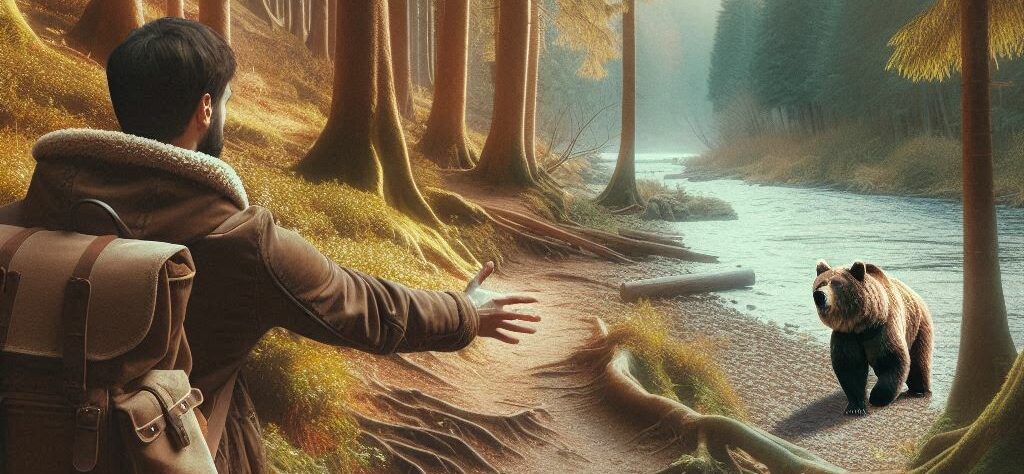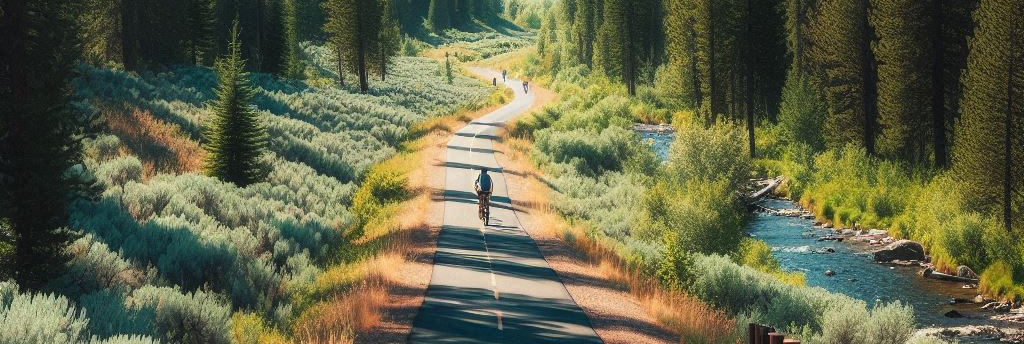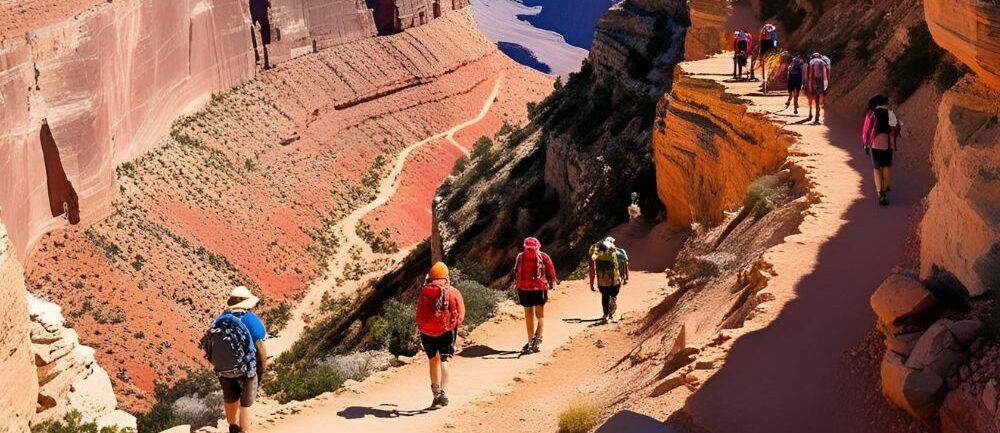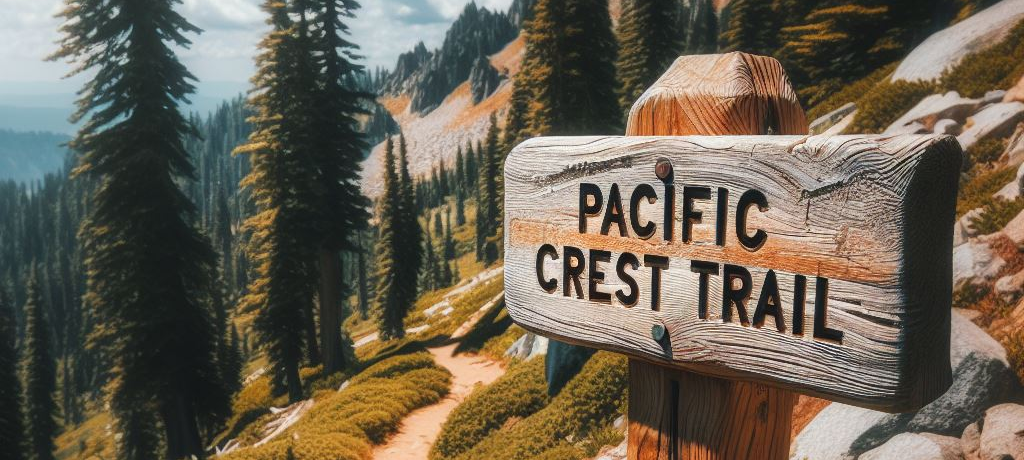Grizzly bears are pretty fascinating creatures, but they’re also powerful predators you don’t want to underestimate. With their massive size, strong limbs, and those unmistakable humped shoulders, these bears are built to thrive in the wild. They usually keep to themselves, roaming and foraging, but their curiosity can sometimes lead them to unexpected places.
These bears are typically found in places rich with food sources like dense forests, wide-open meadows, and riverbanks. Areas with lush vegetation and plenty of berries are especially appealing to them, so hikers exploring these habitats should be extra vigilant. Understanding where grizzlies might show up can help hikers plan accordingly and avoid any unwanted encounters.
Being a respectful guest in grizzly territories is crucial. These are wild animals, after all, with instincts and reactions rooted in survival. By acknowledging grizzlies’ role in their ecosystem and the space they need, we’re also protecting ourselves and these magnificent creatures. Treating them with caution and respect isn’t just a courtesy; it’s essential for safety.
Before You Hike: Preparation is Key
Hiking in areas where grizzlies roam calls for a little homework. Checking the latest bear activity reports around your hiking spot sets you up for a safer adventure. Park websites or ranger stations often got the lowdown on where bears have been sighted recently, giving you the heads-up on what to expect.
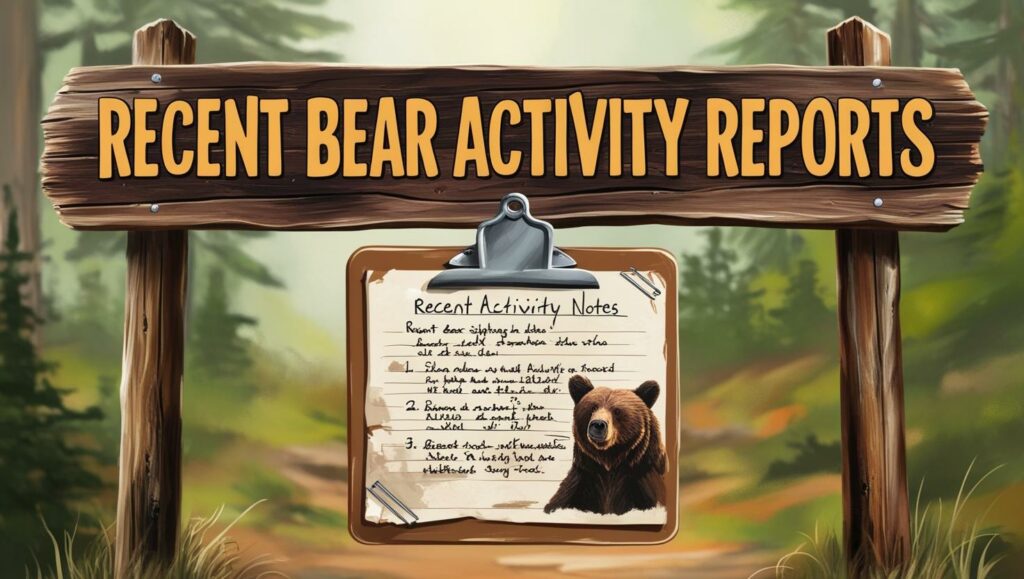
Having the right gear can make all the difference in a bear hotspot. Bear spray is your number one must-have. It’s like pepper spray but designed for bears, and you should keep it handy, not buried in your bag. Making noise as you hike, like chatting or clapping, can alert bears to your presence, helping avoid surprise encounters.
Leave no trace principles aren’t just about cleanliness—they’re about safety, too. The less sign of human food and waste in the backcountry, the less likely bears are to come snooping. Pack out whatever you bring in, and if camping overnight, make sure food is stored properly in bear-proof containers or hung from trees well away from sleeping areas.
Encountering a Grizzly Bear: Best Practices for Safety
Sometimes, even with the best prep, you might find yourself face-to-face with a grizzly. Spotting signs of a nearby bear, like fresh tracks or scat, can give you a chance to pivot your trail and avoid any direct meet-up. Observant hikers are safer hikers.
Staying calm when you see a bear is easier said than done, but it’s super important. Bears can sense fear and aggression, so take a deep breath and assess the bear’s behavior. Is it curious, defensive, or showing signs of aggression? These cues guide your next moves.
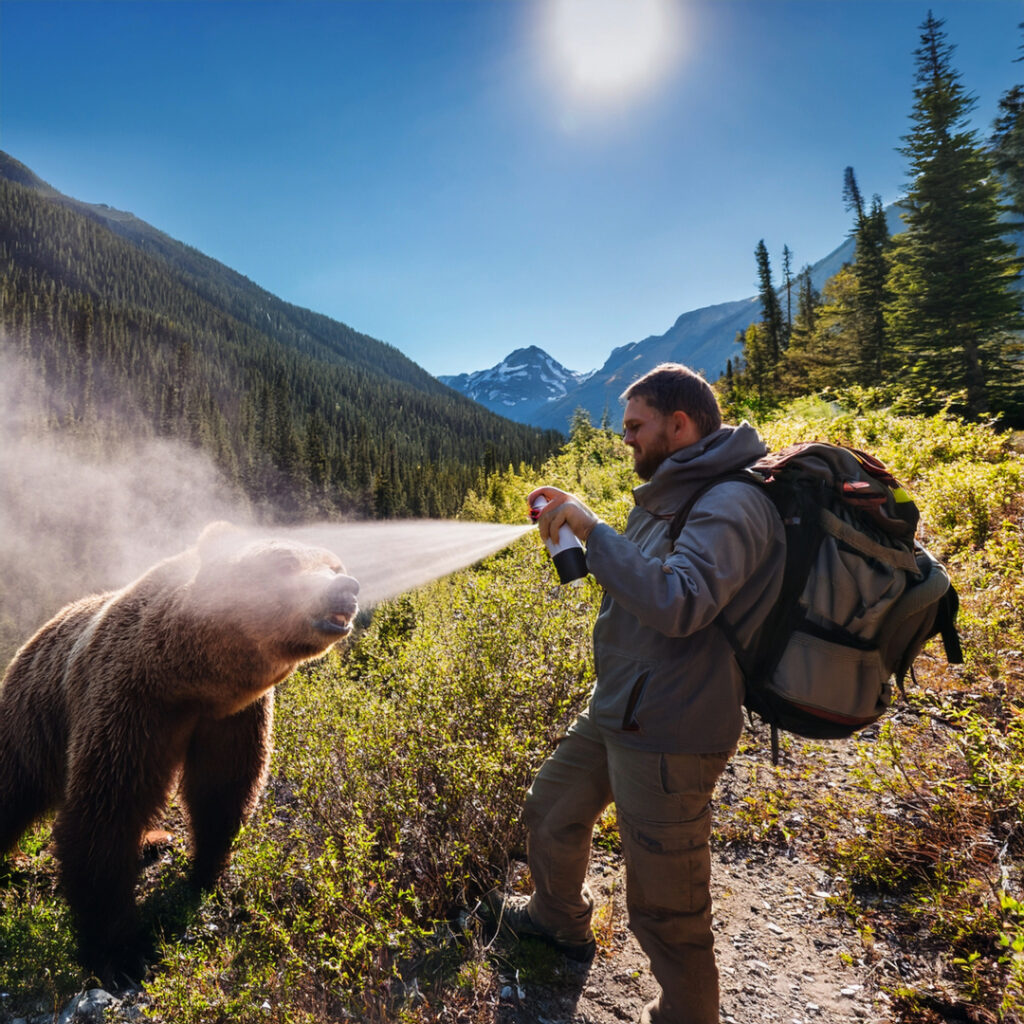
If a surprise encounter does happen, give the bear some space. Slowly back away while keeping it in sight and speak in a calm voice. Avoid making eye contact, as this can be seen as a challenge. If the bear moves towards you, getting your bear spray ready should be the next step. Proper use of bear spray can deter a charging bear at close range and give you time to retreat.
In some cases, playing dead isn’t just a myth but a genuine strategy, especially if a bear is making contact during a defensive attack. Lie flat on your stomach, cover your neck with your hands, and remain still until the bear moves away.
After the Encounter: Reporting and Reflecting
When the bear is gone and you’ve made it out safe, the first thing to do is let park authorities know about your encounter. This isn’t just to help others—it helps wildlife managers keep track of bear activity and ensures measures are in place for both human and bear safety.
Take a moment to think about what went down during your encounter. What could’ve been done differently, and what worked well? This reflection might just fine-tune your future hikes and make them even safer.
Sharing your story with fellow hikers isn’t just about swapping tales—it’s critical for raising awareness. Your experience can offer valuable insights to help others better prepare and stay safe in bear country too.
